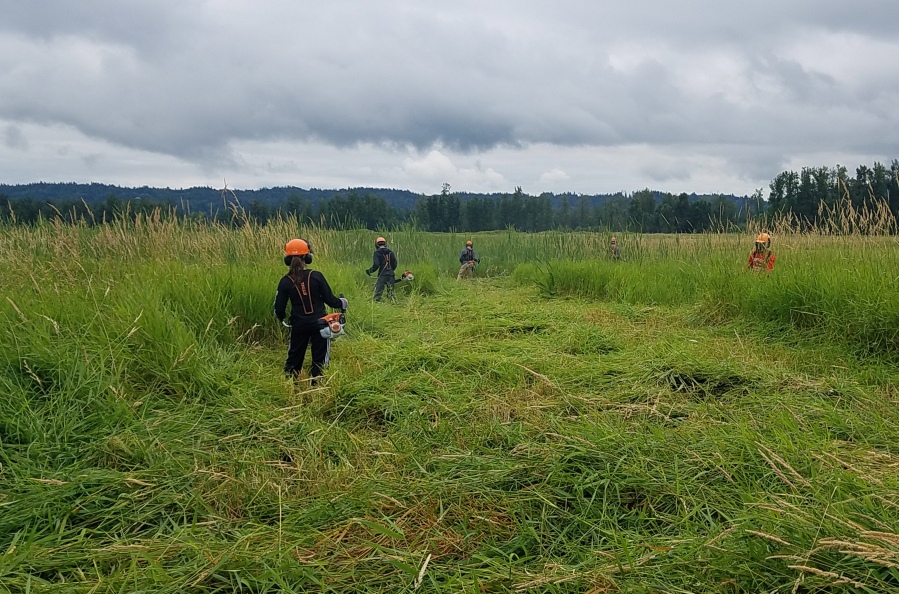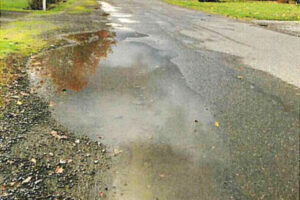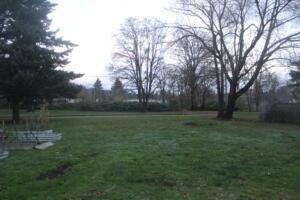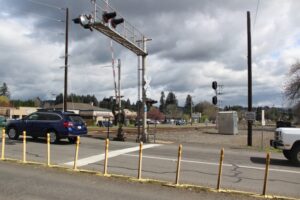With the start of on-site activity, a critical infusion of funding and an upcoming celebration event, the Steigerwald Floodplain Restoration Project is gaining momentum in its early stages.
The collaborative project will reconfigure the Port of Camas-Washougal’s existing Columbia River levee system to reduce flood risk, reconnect 960 acres of Columbia River floodplain and increase recreation opportunities at the Steigerwald Lake National Wildlife Refuge, which is managed by the U.S. Fish and Wildlife Service (USFW).
“This project will open up 1,000 acres of habitat for migrating fish,” said Debrah Marriott, executive director of the Lower Columbia Estuary Partnership (LCEP), a Portland-based environmental protection nonprofit coalition of public and private groups that is overseeing the project. “At the same time, it will help reduce the impact from flooding and improve recreational and educational opportunities for the community. Not too many projects accomplish that many diverse goals. Plus the project will create 400-plus jobs to help the local economy.”
The Columbia Gorge Refuge Stewards will host a “Restoration Celebration” event from 7:30 a.m. to 12:30 p.m. on Saturday, Aug. 3 at Steigerwald Lake National Wildlife Refuge.
The event will feature walks focusing on birds, tracking and mammals, photography and restoration. Pre-registration for the walks is required via facebook.com/events/1309310085901629.




